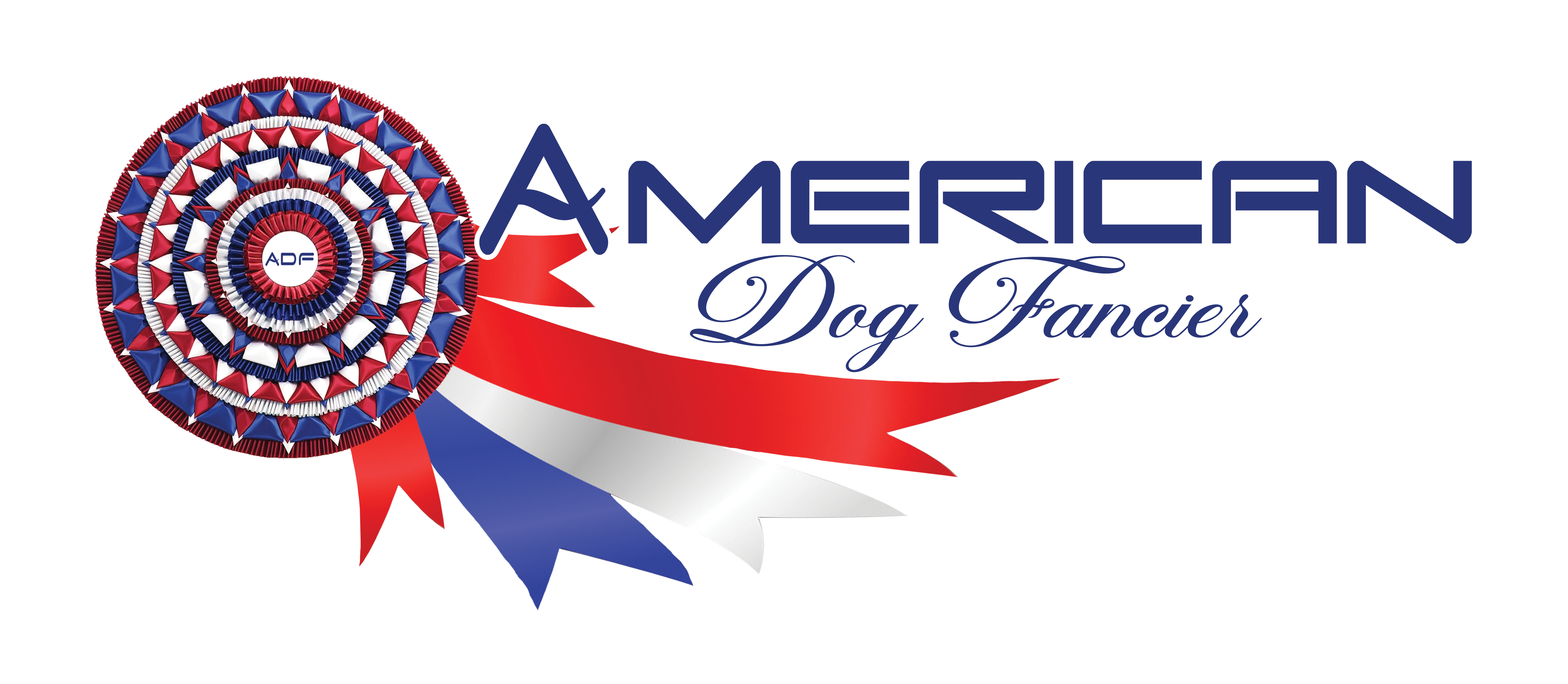What’s in a Name?
By Jessica Freni
The breeds of AKC and beyond represent a diverse family not just in terms of morphology and
purposes, but also in names. For many breeds their names are stepped in history often
reflecting their country of origin, function alongside man or descriptive of their appearance (or a
combination thereof). The pronunciation of some of these breeds can appear daunting
(Nederlandse Kooikerhondje we’re looking at you!) but it’s an important part of learning and
appreciating their breed identity.
Here’s a little cheat sheet to some commonly mispronounced breed names:
Cane Corso:
Looks a bit like- The combination of a walking aid and something along the lines of an obstacle
course.
What it is- A name reflecting the Italian origins of this Molosser breed pronounced “cah-nay”
“core-so” (loosely translated “Guardian dog”). Sometimes referred to as the Italian Mastiff, the
Cane Corso is “Corso” for short and “Corsi” (pronounced “core-sea”) for more than one (though
in the US “Cane Corsos” is often used and generally tolerated as acceptable).
For more information- Cane Corso Association of America (https://www.canecorso.org/ )
Biewer Terrier:
Looks a bit like- A terrier who might be related to Justin Bieber.
What it is- A name reflecting the breed’s development in Germany in the Friedheck Kennel of
Werner and Gertrude Biewer. The name Biewer is actually pronounced correctly like the water-
loving mammal the beaver. The breed has the unique distinction of being the first confirmed an
established breed via DNA material.
For more information- Biewer Terrier Club of America
(https://biewerterrierclubofamerica.org/biewer-terrier-history/ )
Nederlandse Kooikerhondje:
Looks a bit like- an incredibly long and daunting Dutch pastry or maybe a dance.
What it is- According to the AKC breed page the proper pronunciation of this little white and red
spaniel hailing from Holland is “Nay-der-lands-say Koi-ker-hond-jay”. This breed’s name reflects
its traditional role alongside Holland’s duck hunters (“kooiker”) in the canals and wetlands.
Impress the “Kooiker” enthusiast in your life with working into a conversation the Dutch word
“Eendenkooi” a traditional, specialized duck decoy for ducks and other waterfowl used by the
kooiker and his clever native working spaniel in the Netherlands.
For more information- Nederlandse
Kooikerhondje Club of the USA (NCKUSA) (https://www.nkcusa.org/ )
Coton de Tulear
Looks a bit like- The name looks like it might start similarly to pronouncing cotton fabric, which
might make sense with the breed’s beautiful white, cottony coat.
What it is- This delightful “royal dog of Madagascar” is in fact named for its cotton-texture coat
with the French spelling and the city of Tuléar (Madagascar). Translated from French the name
literally means “Cotton of Tulear”. The correct pronunciation of this breed of the Bichon family is
“co-TAWN-day too-LEE-are.”
For more information- United States of America Coton de Tulear Club (https://www.usactc.dog/ )
Sloughi
What it looks like- This slender sighthound hails from Northern Africa and it looks like it’s name
might be pronounced “slow-gee” or “slow-hi”.
What it is- The Sloughi, also known as the “Arabian Greyhound” or “African Sighthound”, is
actually pronounced “SLOO-ghee”. While fully recognized by AKC as recently as 2016, the
Sloughi may actually have origins dating back 6,000 years!
For more information- American Sloughi Assoc. ( https://sloughi-international.com/about-asla/ )
Xoloitzcuintli
What it looks like- This breed name looks like a “Words with Friends” all time high score and
intimidating to pronounce, hence why the breed is commonly referred to by its nickname (or
abbreviated name) “xolo”.
What it is- This primitive breed appears as the character “Dante” in the popular animated film
“Coco” and is pronounced “show-low-eats-QUEENT-le” (according to the breed parent club
Just say: “show-low-itz-queentli”). “The ancient Aztec dog of the gods” has a rich history
thousands of years old and comes coated or hairless in three sizes- toy, miniature and
standard. The uniquely striking Xolo is the “Official dog of Mexico”.
For more information- The Xoloitzcuintli Club of America
(https://www.xoloitzcuintliclubofamerica.org/ )
Azawakh
What it looks like- This leggy,lean and striking hound looks like it might be pronounced “a-Za-
wack”.
What it is- Pronounced oz-a-wok is a native African breed from the Sahara region also known
as the Tuareg sighthound. The breed name reflects its origin in the area of Azawagh Valley.
For more information- American Azawakh Association (https://www.azawakhclub.org/ )
What other unique breed names do you find intimidating that you would like to know more
about?
